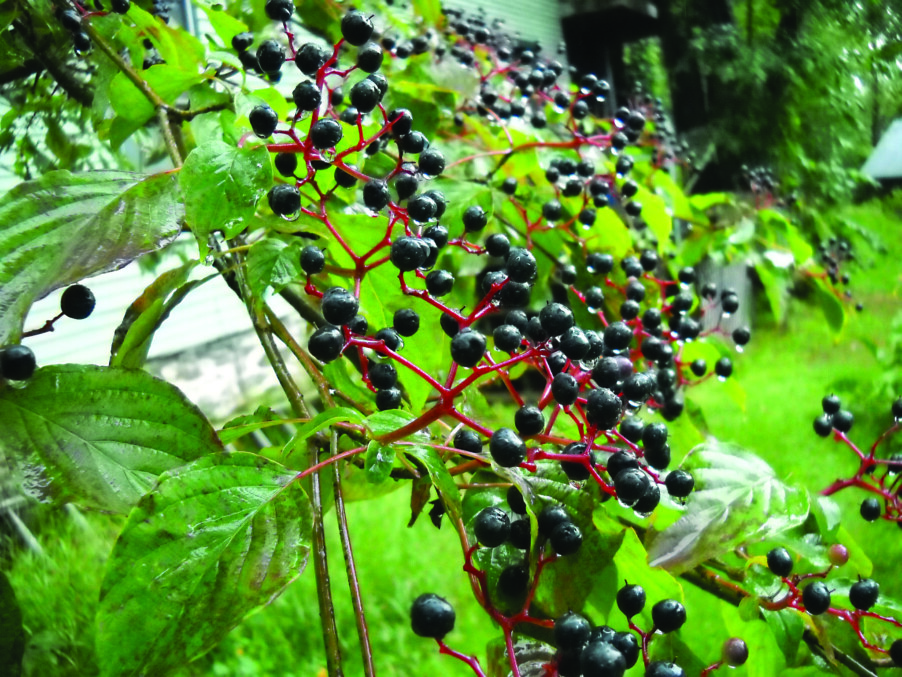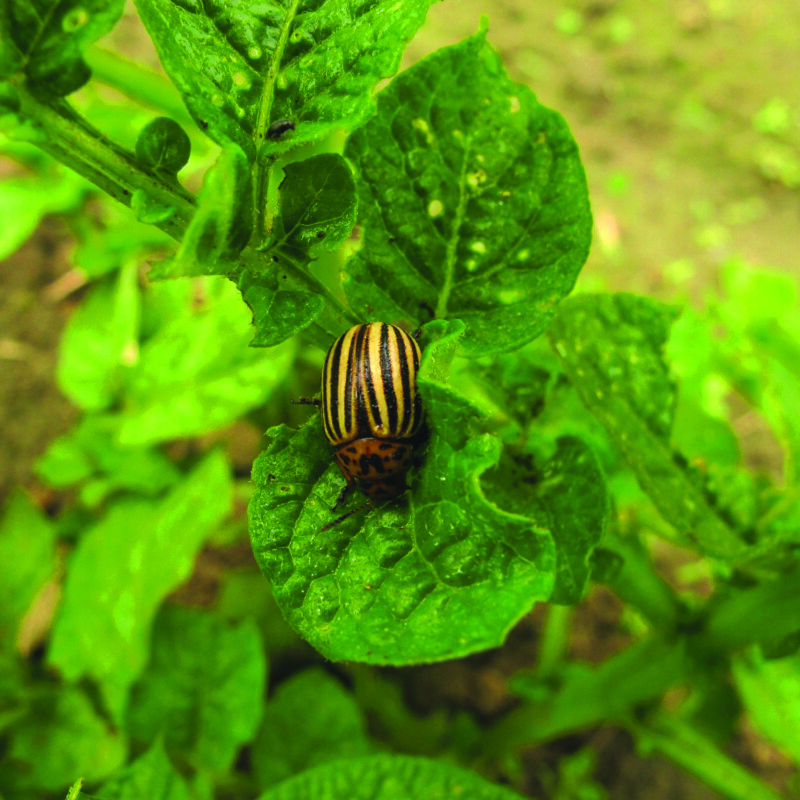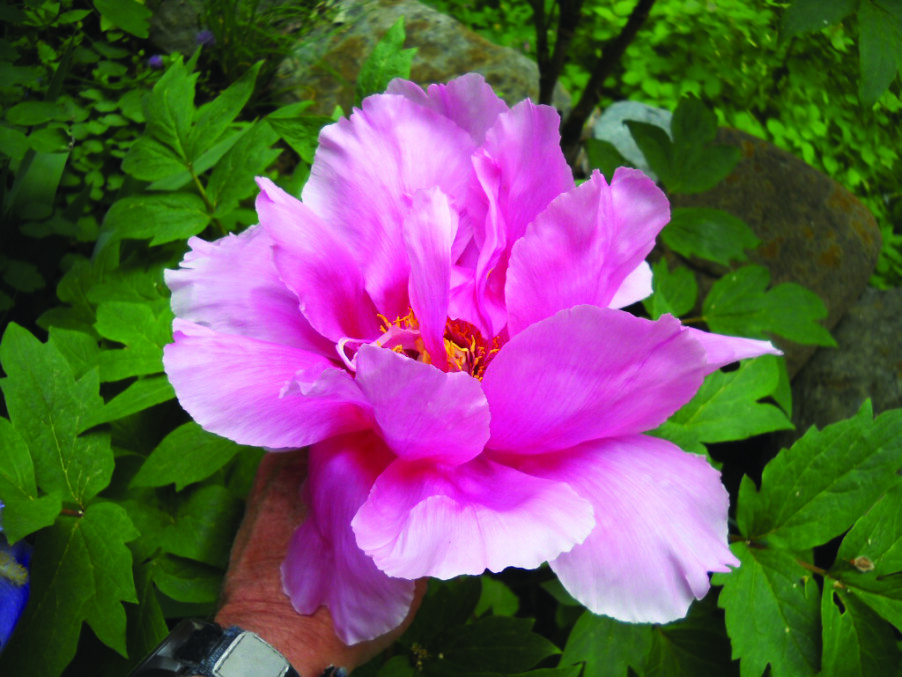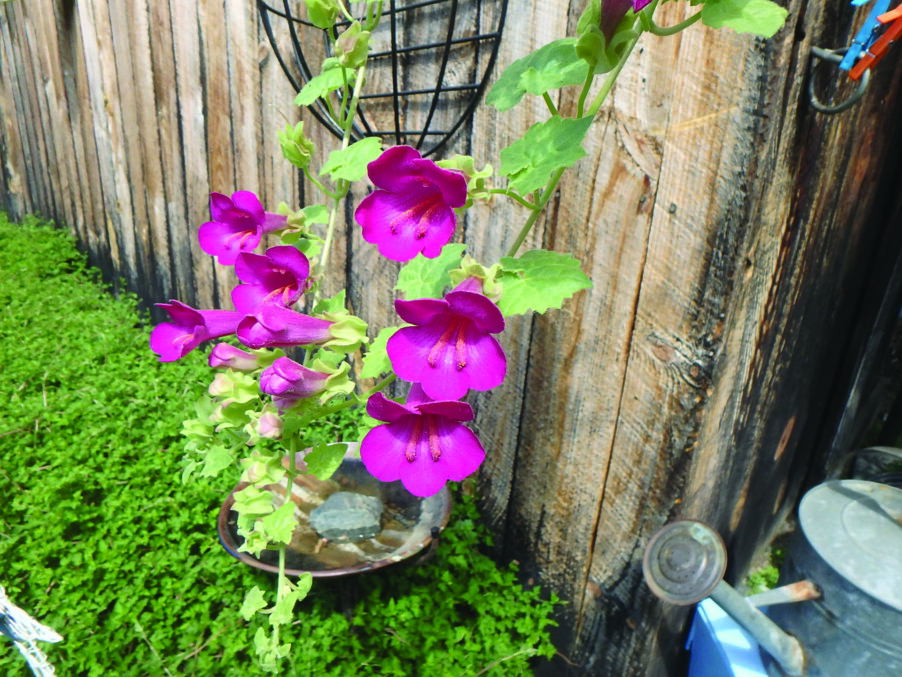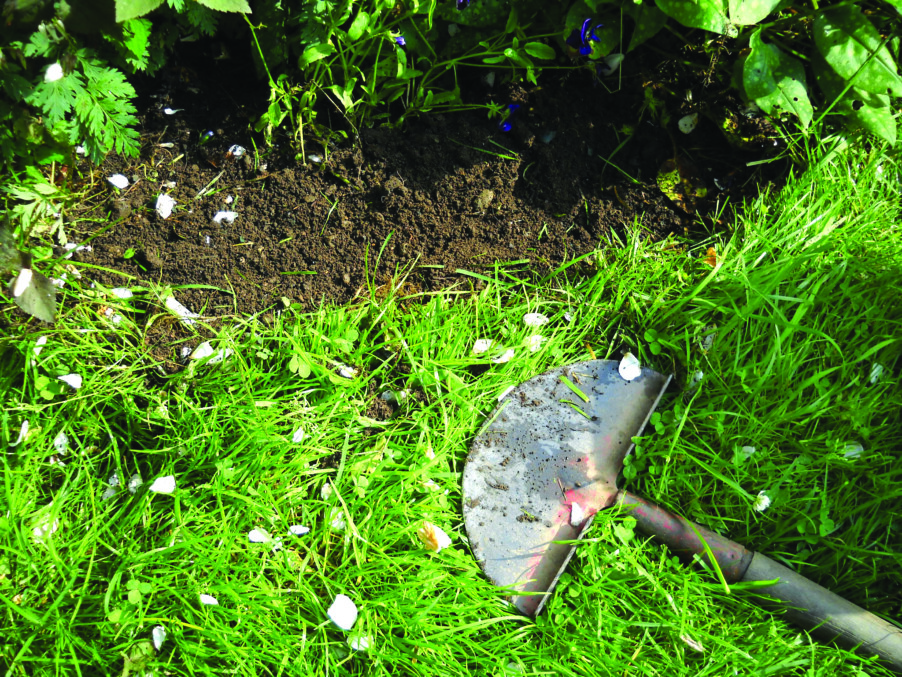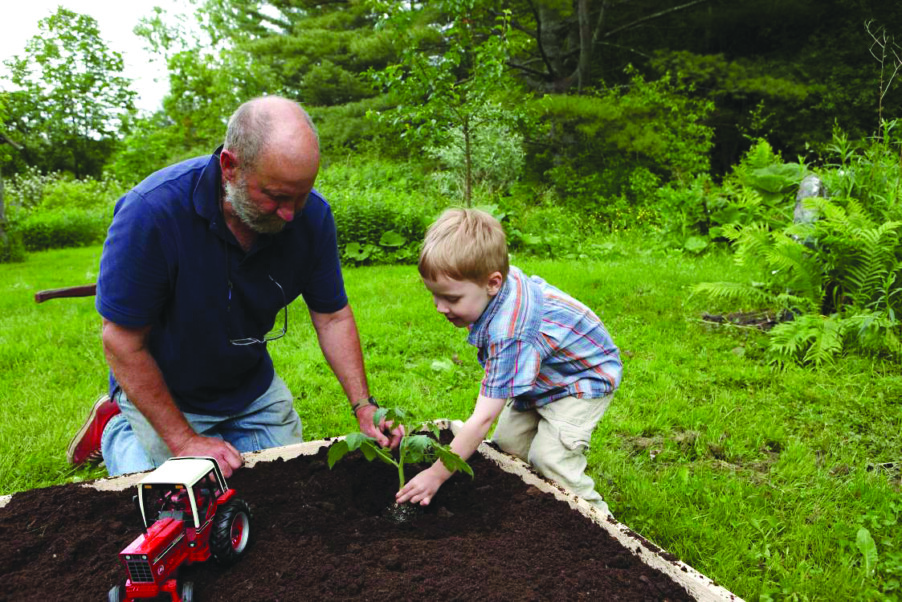It happens to even the best gardeners
If you are a regular reader of this column, you know that I kill plants (just like you probably do). Houseplants. Annuals. Flowers in the ground. And yes, even trees. Although some oaks live 400 years, most plants naturally have a much shorter life span. And although some die due to my negligence, most do not. But I do push the limits of zone hardiness, trying plants that rather would winter in Pennsylvania — and occasionally killing them.
I have a native dogwood tree that shows up all over my property. It is called the pagoda dogwood and is one of my favorites. This small tree never gets much taller than 10 feet, has just finished blooming with understated white blossoms and has blue berries loved by birds in July or August.
But it has a short lifespan for a tree; 25 years is a good run for this one, even in the wilds. Fortunately it seeds in, so I always have plenty. When one dies, I can cut it down, thank it, and get rid of it. No mourning.
For the last 20 years or more, I have had a hazelnut tree called Harry Lauder’s walking flower stick (“Purple Majesty”) in one of my flower beds. This tree is a naturally occurring freak: Its stems twist and turn in unusual ways. Great in winter for its silhouette, mine also had purple leaves and was a great tree. I pruned it to keep it just 6 feet tall. But last summer it showed signs of distress, and this spring it did not leaf out. It is dead.
But because it is striking in profile, I decided not to cut it down. Not yet, anyway. I planted annual vines around its base and I am training them to climb up into the tree. If all goes as planned, in a month or so I will have purple hyacinth beans blooming in the tree.
In the meantime my wife Cindy and I decorated it with colorful strips of cloth. Each is just a couple of inches wide and perhaps a foot long. She attached threads to the top of each so we could tie them on like Christmas ornaments. Even the slightest breeze has them fluttering and twisting. It’s lovely.
Although nowadays I buy almost exclusively native plants, last summer I was tempted by a lovely Japanese clethra and brought her home. This spring it did not leaf out, a major disappointment. My test for a dead branch is to rub my fingernail on the bark, scraping off the outer layer. If it is alive, it will show some green. But this clethra showed brown everywhere, and I decided it was dead.
As I was lopping off the branches prior to digging it out, I noticed a few leaves growing at the very base of the tree. Life! So I am letting it stay. Unfortunately, I do not know if the tree was grafted onto a different rootstock, which is common in the landscape trade.

clethra back to life. Courtesy photo.
So, for example, a branch or branches of a Japanese clethra might have been grafted to a summersweet clethra. This avoids having to start a new plant from seed and ensures that the new plant has the desirable characteristics of the plant grafted to rootstock. If the rootstock grows, one gets a plant different from the purchased plant.
All apples are grafted onto rootstock because the seeds are hybrids and will not breed true. The rootstock used for apples determines the size of the tree. Some will produce miniatures, others full-sized trees. So if your apple was killed by rodents last winter and the roots sent up new shoots, what you get will probably not be interesting to eat. Yes, Johnny Appleseed traveled around America with a sack of apple seeds, but those apples were for making hard cider, America’s beverage of choice, not for eating apples.
If your rose died last winter, you might be able to bring it back to life. Most roses are sold on roots that are different than the flowering portion. You should be able to see a scar, the graft union, on your rose. If the union was planted below the soil line, the rose may sprout from the fancy rose you bought, not the rootstock. So wait and see what happens. By now, this late in the season, a “dead” rose should have sent up shoots if it is going to.
Most plants we grow are vigorous and seem to have an innate “desire” to keep their genetic lines viable. That is why they produce seeds, and many (especially weeds) send out roots that can send up new plants. So if a perennial plant dies, you may be in luck. A baby plant may replace the mother plant. It’s what they do.
A few words of warning, however. Any plant that starts from seeds dropped by a hybrid plant will probably not breed true, although it can. A hybrid is a cross between two genetic lines, and seed producers develop them in carefully isolated circumstances to protect their lineage.
I like to think that if I never kill any plants, I am not trying hard enough. I try to grow new and different plants, often things that would rather grow a few hundred miles south. When those rare (for here) plants do survive and bloom, I feel like a million bucks. Hopefully they did not cost that much, as I will probably lose them at some point.
Featured photo: Pagoda Dogwood berries are loved by birds. Courtesy photo.

